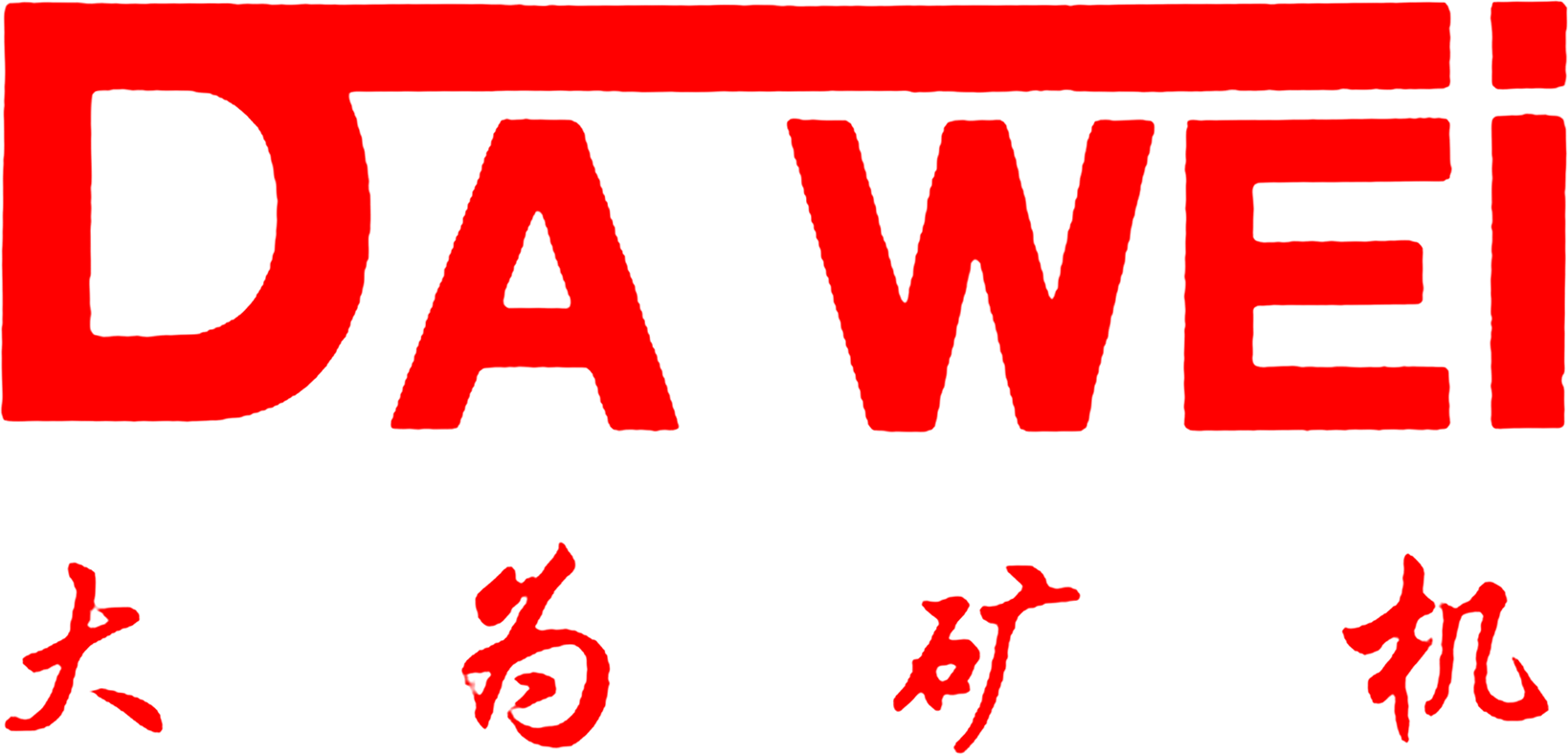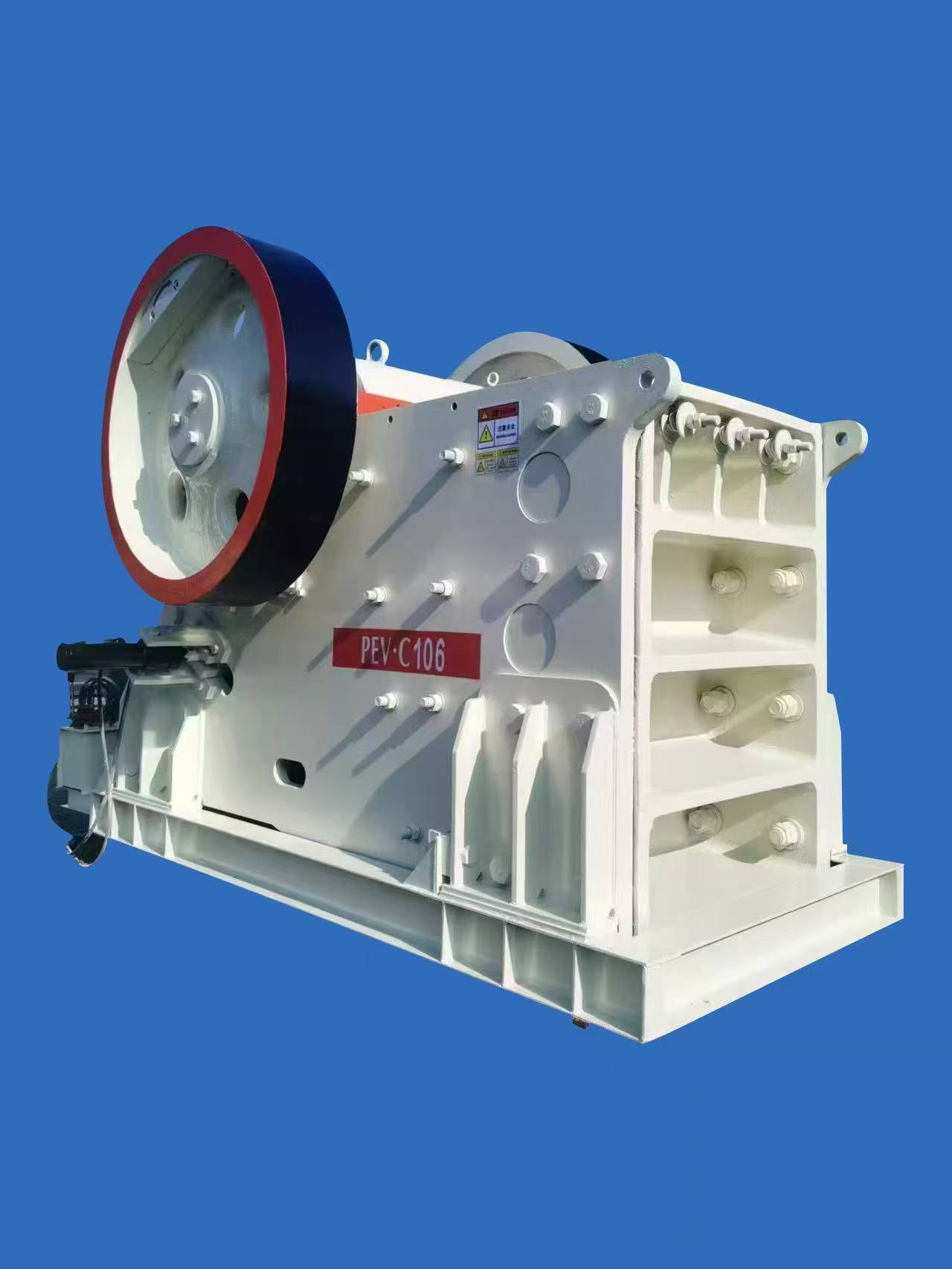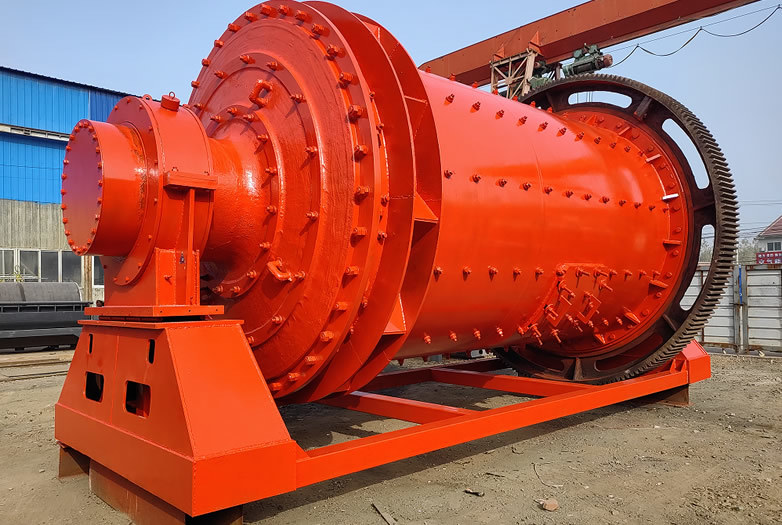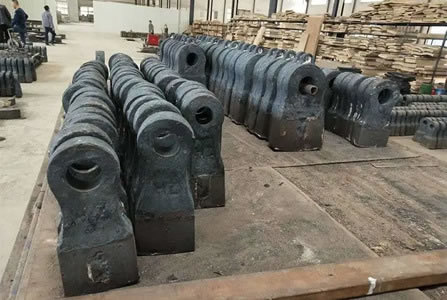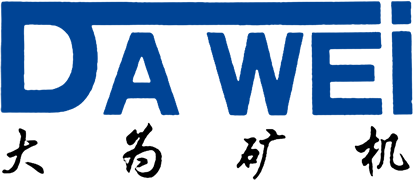How to effectively improve the production capacity of the ball mill
Release time:
2024-11-14
Reasonably adjust the grinding material particle size to ensure that the particle size is moderate, which can both improve the grinding effect and reduce energy consumption. Using suitable grinding media, such as steel balls, can enhance grinding efficiency and accelerate the grinding speed. In addition, by reasonably adjusting the rotation speed of the grinder and the feed amount, further increase production.
Methods to improve the production capacity of ball mills mainly include the following aspects:
Optimize the process flow: Reasonably adjust the particle size of the grinding material to ensure that it is moderate, which can both improve grinding efficiency and reduce energy consumption. Using suitable grinding media, such as steel balls, can enhance grinding efficiency and speed. Additionally, further increasing output can be achieved by reasonably adjusting the rotation speed and feed amount of the mill.
Improve equipment efficiency: Ensure normal operation and maintenance of the ball mill, regularly inspect and maintain it, and promptly clean impurities from the grinding media and inside the mill to ensure normal operation. Consider using advanced milling equipment, such as high-efficiency energy-saving ball mills, to improve grinding efficiency and energy utilization. Furthermore, improving the structure and process of the mill can enhance equipment efficiency and stability.
Optimize grinding media: Choose suitable grinding media, such as steel balls, ensuring that their hardness and size meet requirements. Mixing various specifications of grinding media can increase collision frequency between media and ore, thereby improving grinding efficiency. Additionally, consider using new types of grinding media, such as ceramic balls, to enhance both efficiency and quality.
Control grinding time: Reasonably controlling grinding time is a key factor in increasing ball mill output. Excessively long grinding times waste energy while too short times affect effectiveness. By adjusting rotation speed and feed amount of the mill, control grinding time within an appropriate range to improve output and effectiveness.
Enhance ventilation and spraying: Strengthen ventilation within the ball mill so that fine powders generated during milling can be promptly carried away by airflow, reducing buffering effects of fine powders and improving milling efficiency. When milling cement, using high-pressure air atomization for spraying can remove heat for cooling inside the mill to prevent material buildup on grind bodies while enhancing production capacity.
Use additives: Adding additives like triethanolamine into the ball mill can increase production capacity by about 10%. The amount of additive should account for 0.04%-0.1% of the input material weight to effectively boost production efficiency.
Choose appropriate specifications: When selecting a ball mill, first consider whether its specifications are suitable for specific production needs. Appropriate specifications ensure effective and uniform processing of ore during milling which enhances overall output and efficiency.
Determine optimal working parameters: Through experiments and data analysis, determine optimal rotation speed, feed rate, and discharge rate to maximize production potential of the ball mill.
Adapt to different types of ores: Conduct physical and chemical property assessments on different types of ores to select optimal combinations for mills that enhance milling efficiency.
Improve cylinder structure and liner materials: Optimizing cylinder structure design along with liner material selection can reduce wear while enhancing milling efficiency. A reasonable length-to-diameter ratio design helps improve operational stability and milling effectiveness.
By implementing these methods, it is possible to effectively increase the production capacity of ball mills while enhancing economic benefits for enterprises.





